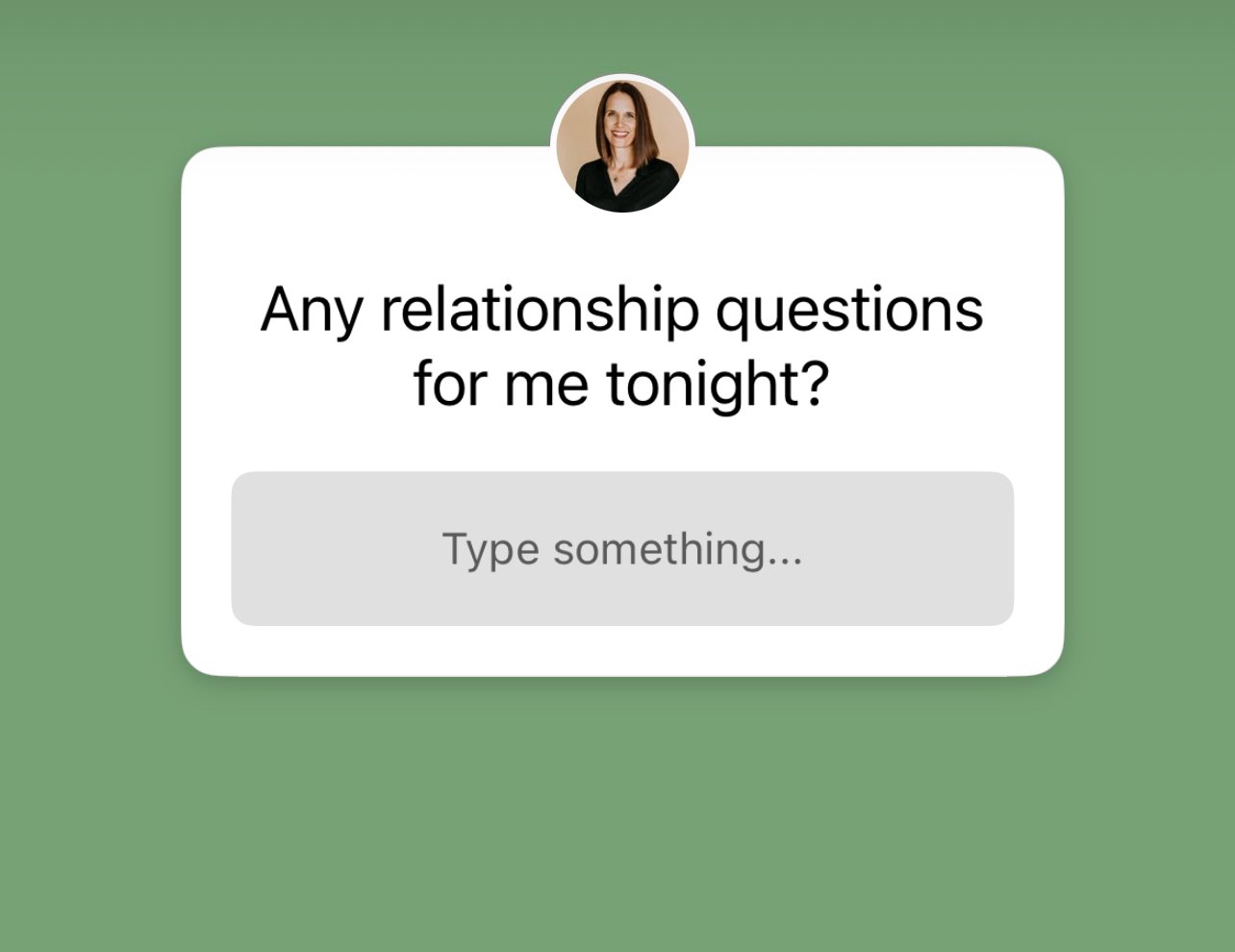I’d like to better understand…
Attachment Based Relationship Tips
Looking to strengthen your relationship? Our blog offers expert relationship tips rooted in attachment theory and Emotionally Focused Therapy. Learn how to identify your attachment style, communicate more effectively, and foster emotional safety with your partner. From overcoming conflict to building deeper trust, our practical advice and tools, created by couples therapist Julie Menanno, are designed to help you move toward a secure and fulfilling connection. Dive in and start transforming your relationships today!
The Negative Cycle: Part Five – Examining the Next Trigger of the Avoidant Partner
It may look like the avoidant partner doesn’t care, but in reality, they’re overwhelmed. When conflict escalates, their instinct is to shut down—not to hurt their partner, but to protect themselves.
The Negative Cycle: Part Three – Examining the Trigger of the Avoidant Partner
Avoidant partners aren’t trying to push love away—they’re trying to avoid the shame, fear, and overwhelm of feeling like they’re never enough. Here’s what’s happening beneath the shutdown.
Your Attachment Style Has So Much to Say…
Each attachment style holds a story—about fear, need, and connection. When we give those stories words, we begin the process of healing, connection, and secure attachment.
Your Partner Doesn’t Want Help With Their Feelings?
When your partner avoids emotional support, it can feel confusing and lonely. But it often stems from shame, fear, or past conditioning—not rejection. Learn five reasons this happens and how to respond with compassion.
How to Know If You’re Healing or Just Accommodating Your Wounds
Understanding whether you are truly healing your wounds or merely accommodating them can be challenging. Healing involves sitting with your pain and supporting yourself, while accommodating often means avoiding the pain altogether.
Navigating Relationship Challenges: Answers to Common Questions
Understand how attachment styles, boundaries, and emotional security shape your relationships. Learn how to distinguish between anxious fears and intuition, repair negative cycles, and move forward with clarity.
Why Do Avoidant Attached Partners Do That?
Understanding why avoidant partners engage in behaviors like appeasing, shutting down, or defending themselves is key to breaking negative cycles. Learn how to transform these behaviors and build a more secure relationship.
Common Experience of Avoidant Partners: Fear of Conflict
Avoidant partners often struggle with emotions, both within themselves and in relationships. Learn how to reconnect with your emotions and build deeper connections.
Insecure Attachment Styles and How They Keep You Stuck
Anxious, avoidant, and disorganized attachment styles often keep partners stuck in negative cycles. Learn how to break free by improving communication, self-awareness, and emotional regulation.
How Both Avoidant AND Anxious Partners Block Emotional Intimacy
Both avoidant and anxious partners block emotional intimacy in unique but equally intense ways. By understanding these dynamics, couples can begin to break the negative cycle and build a more secure, emotionally connected relationship.
Why Avoidant Attachment is Linked to a Fear of Failure (Or of Being Seen as a Failure)
Discover why avoidant attachment is linked to fear of failure, how it shapes relationship dynamics, and actionable strategies for healing and connection.
Understanding the Four Attachment Styles in Relationships
Explore the four attachment styles—secure, avoidant, anxious, and disorganized—and how they shape emotional connection and dynamics in romantic relationships.

















In this session, Julie explores the often unspoken question: Am I carrying too much of the emotional weight in my relationship? She breaks down what emotional work really means—offering support, creating space for connection, showing vulnerability—and helps you identify when it starts to feel one-sided or unsustainable.
Julie guides you through why these patterns develop, what they might be protecting, and how to begin shifting out of them. Whether you tend to over-function or struggle to engage emotionally, this conversation offers a clear, grounded path toward more balance, clarity, and connection.